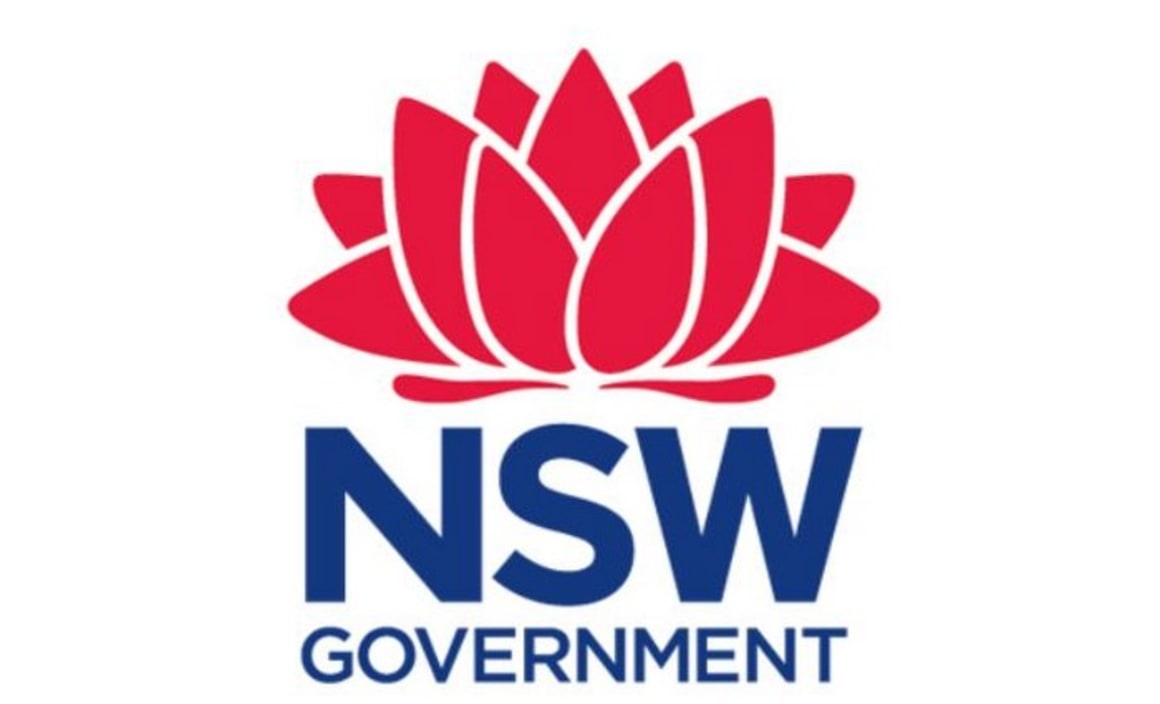$393 million lower stamp duty hits NSW State Government revenue

The 2018-19 NSW State Government surplus is projected to be $846 million, which is $273 million lower than at half-yearly review.
The details were in the NSW Pre-election Budget Update which was issued in accordance with section 24 of the Parliamentary Budget Officer Act 2010.
The Secretary of the Treasury released the NSW Pre-election Budget Update on 5 March 2019 which provides updated information on the current and projected financial position of the New South Wales general government sector.
This is the first time New South Wales has released a Pre-election Budget Update.
The revenue for 2018-19 is forecast to be $477 million lower than at half-yearly review, reflecting weaker taxation estimates, including transfer duty and payroll tax.
The review noted the ongoing deterioration of conditions in the housing market had been a key challenge for the local economy in recent months.
Turnover in the housing market has fallen away sharply, while the median Sydney house price has fallen another 11⁄2 per cent in the two months since November 2018.
The Sydney house price is now down more than 10 per cent from the peak in mid-2017.
"This is the largest fall since the 1980s, but represents only a partial unwinding of the sustained price gains experienced in recent years," it noted.
Revenue for 2018-19 is projected to be $81.3 billion, which is a downward revision of $477.3 million since the Half-Yearly Review.
This takes into account downward revisions to multiple state taxation lines, including transfer duties of $393 million.
Transfer duty has been revised down by $393 million in 2018-19 and by $747 million over the four years to 2021-22.
While dwelling price declines have been closely in line with the Half-Yearly Review forecast, residential transaction volumes in recent months have been weaker than expected.
Residential transaction volumes in 2018-19 are expected to be 19.5 per cent lower than in 2017-18.
Transaction volumes are forecast to return to trend levels by the middle of 2021.
Since the Half-Yearly Review in December 31, 2018, revenue has been revised up by $363 million over the four years to 2021-22.
This is mainly due to higher GST revenue of $1.2 billion (reflecting an improved relativity recommended by the Commonwealth Grants Commission and a lower expected GST pool), largely offset by downward revisions to state taxation – including transfer duties ($747.0 million) and payroll tax ($573.1 million).
Expenditure for 2018-19 is also projected to be $204 million lower reflecting reprofiling of expenses to better align with project and service delivery schedules.
Over the four years to 2021-22, budget surpluses are expected to average $1.3 billion per year.
The update also advises land tax revenue has been revised down by $21.8 million in 2018-19 and by $82.8 million over the four years to 2021-22.
Land tax is assessed based on landholdings at 31 December each year, with assessments typically issued in the first half of the following calendar year.
The forecast revenue for 2018-19 incorporates actual landholdings at the end of 2018, replacing the Half-Yearly Review forecast which was based on the previous year’slandholdings.
For subsequent years, the revenue forecast incorporates lower expectations for residential land value growth.